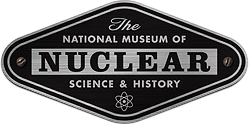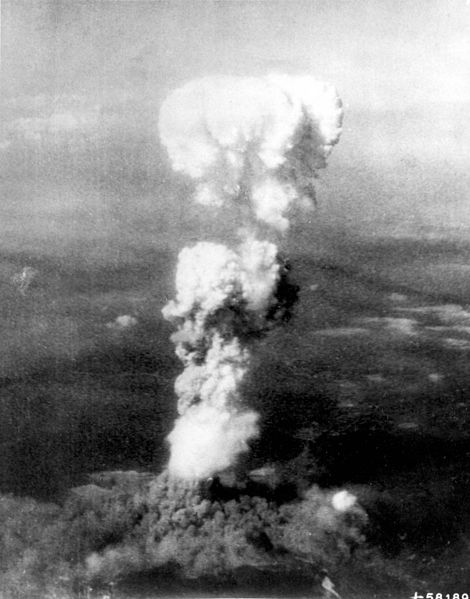Historian Alex Wellerstein published a thought-provoking article in March on To Demonstrate, Or Not to Demonstrate? Wellerstein explores the history and motivations behind some Manhattan Project scientists’ belief that the atomic bomb should first be demonstrated before being used on a city.
President Truman was never told of the demonstration option. The scientists’ petition promoting a demonstration was suppressed by the military and never shown to him. For the Japanese, the Soviet Union’s declaration of war at midnight on August 8 triggered a much more decisive response than the bombing of Hiroshima on August 6. Within six hours after the declaration, Japan’s Supreme Council was convened to address surrender terms.
Wellerstein explains, “If an atomic bomb dropped on an actual city was not, by itself, entirely enough, what good would seeing a bomb detonated without destruction do? One cannot know, but I suspect it would not have done the trick.”
Historians and scientists continue to debate whether a demonstration would have influenced the Japanese to surrender. Wellerstein’s article provides interesting insight into both the scientists’ and the Japanese military’s considerations during the war.





